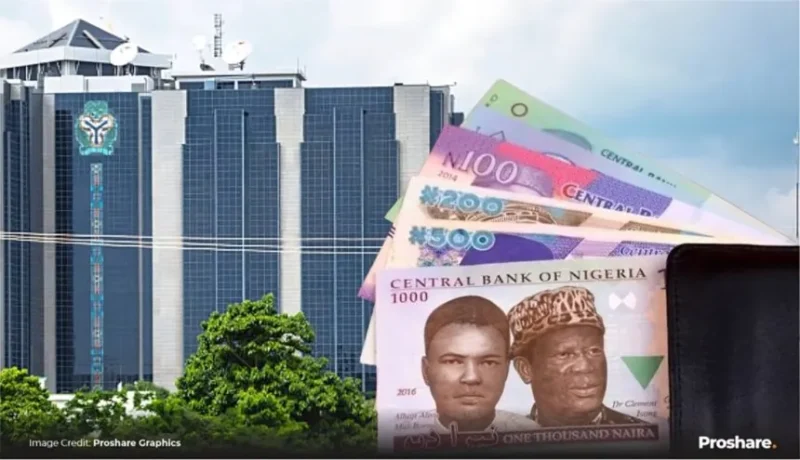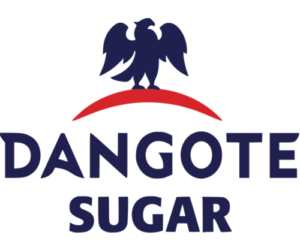Nigeria’s fixed-income markets witnessed a significant easing in yields during the week ended Friday, November 14, as system liquidity ballooned to N6.17 trillion — a 57.8 percent week-on-week jump that reshaped investor behaviour across Treasury bills, OMO instruments, bonds, and Eurobonds.
The liquidity surge was driven by a confluence of factors, including heavy placements at the Central Bank of Nigeria’s (CBN) Standing Deposit Facility, sizable Open Market Operation (OMO) maturities, and fresh repayments from primary market issuances.
Combined, these inflows pushed liquidity to levels last seen during periods of aggressive monetary accommodation.
Financial analytics firm Cordros Research confirmed the liquidity influx, noting that the system received N3.63 trillion in OMO maturities alone, leaving the market “net long” by N5.09 trillion despite minimal liquidity-sterilising interventions from the CBN.
While short-term funding conditions remained broadly benign, the Overnight (OVN) rate bucked the trend, rising by 13 basis points to 24.9 per cent. Analysts say this reflects portfolio adjustments rather than funding stress.
“Despite the modest rise in OVN, what we’re seeing is essentially a market with more liquidity than it can deploy,” explained Dr. Tunde Adebisi, Senior Economist at Lagos Business School. “Banks simply had little reason to borrow, which is why NIBOR and NITTY yields fell in tandem.”
Cordros’ estimates closely matched this downward movement, pegging yield compression at 41 basis points to 17.0 per cent. OMO yields fell even sharper — down 51bps to 21.7 per cent.
But the real highlight was the November 13 OMO auction, where the CBN sold N2.55 trillion across two short-tenor instruments. Market appetite was extraordinary: total subscriptions reached N3.09 trillion, a staggering 515 per cent oversubscription.
“This level of demand underscores both the enormous liquidity in the system and growing confidence in short-term sovereign instruments,” said Oghenefejiro Ekpemu, Fixed-Income Strategist at Vetiva Capital. “Investors are taking advantage of the arbitrage and relative safety the OMO window provides.”
With the Debt Management Office (DMO) set to auction N700 billion in NTBs on November 19, analysts anticipate another robust outing, supported by fresh inflows and improved inflation expectations.
Nigeria’s secondary sovereign bond market continued its bullish momentum, supported by strong investor demand amid weak performance in equities and high-risk assets.
According to Prof. Aminu Yahaya, a fixed-income specialist at the University of Abuja, the rally reflects improved policy clarity from the federal government and consistent monetary signalling from the CBN.
“What we’re seeing now is a convergence of fiscal stability and monetary predictability,” he said. “Investors are rewarding that alignment by moving aggressively into sovereign assets.”








